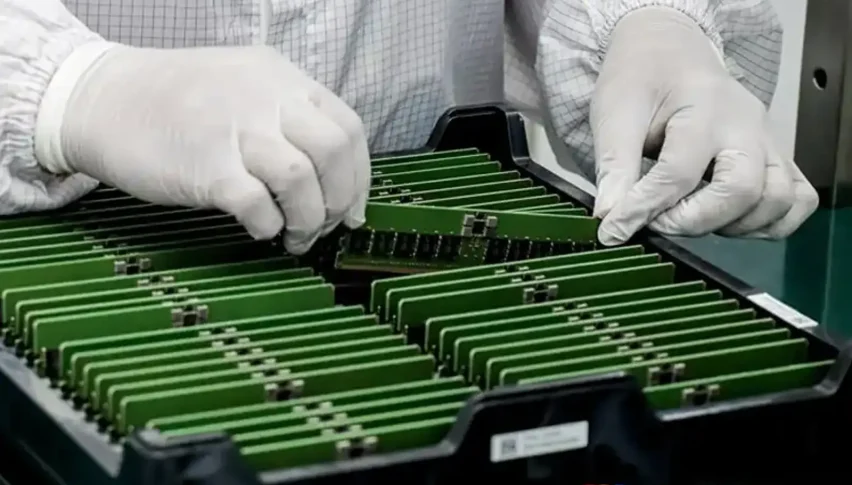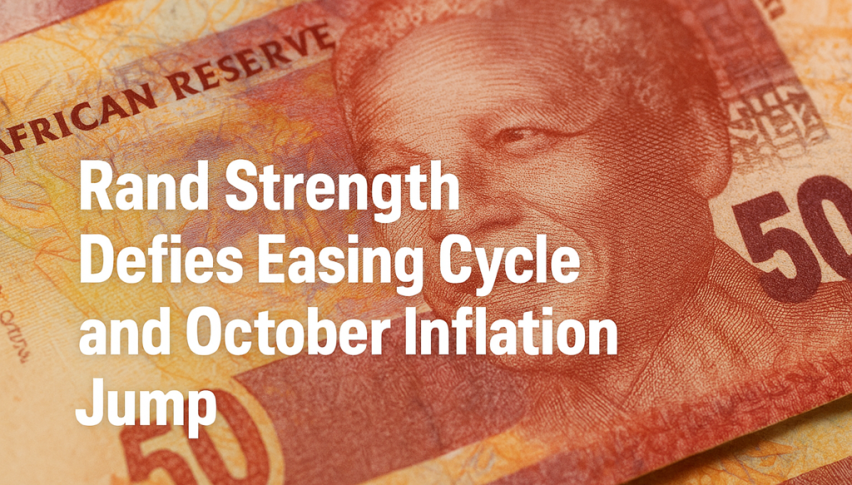MU Stock Rebound Extends After the Crash, but Obstacles Remain for Micron
Micron's sharp decline and quick recovery reveal a market torn between aspirations and mounting sustainability worries.

Quick overview
- Micron Technology's stock experienced a significant drop of 23% from its peak, raising concerns about the sustainability of its rapid growth amid a broader market pullback.
- Despite a recent rebound to around $230, investor sentiment remains cautious as the stock faces potential resistance at the 20-day moving average.
- The selloff was exacerbated by downgrades and concerns over AI-related spending, impacting major players like Amazon and Microsoft alongside Micron.
- While Micron reported strong financial results, increasing competition and geopolitical risks add complexity to its future growth prospects.
Micron’s sharp decline and quick recovery reveal a market torn between aspirations and mounting sustainability worries.
A Sharp Fall That Rattled Confidence
Micron Technology’s stock was hit hard in a sudden market-wide pullback last Thursday as a rapid selloff swept through global equities. What appeared to be a brief flash crash exposed fragile sentiment beneath the booming AI narrative that has driven semiconductor stocks for months. Micron, which had surged to a high of $261 in mid-November, quickly unraveled, sliding below the $200 mark in a 23% drop from its peak.
MU Stock Chart Daily – The 50 SMA Held As Support
The speed of the decline stunned investors who had grown accustomed to near-constant upside in AI-linked names. For much of the year, Micron had been seen as one of the clearest winners of the artificial intelligence revolution, built on explosive demand for high-bandwidth memory, a key component in advanced AI systems. Its year-to-date rally of more than 160% turned it into a market favourite. But last week’s price action raised uncomfortable questions about whether enthusiasm had moved too far, too fast.
A Tentative Rebound Offers Temporary Relief
This week, Micron has managed to claw back much of its lost ground. After finding support near the 50-day simple moving average, the stock reversed higher and is now trading around $230, posting a gain of roughly 3% on the day of this observation. The rebound has erased much of Thursday’s damage, but the picture remains uncertain.
Technically, attention has shifted to the 20-day moving average, which previously provided support but now may serve as resistance. A decisive move above this level would suggest the uptrend is regaining traction. Failure to reclaim it, however, could signal that the bounce is nothing more than a short-term reaction in a broader cooling phase. For now, momentum hangs in the balance, and investor caution remains visible.
Downgrades Shake the Wider AI Trade
The selloff was not driven by Micron alone. It unfolded after fresh downgrades and cautionary views on AI-related spending from firms such as Rothschild & Co. Redburn. The commentary suggested that the profitability of large-scale AI investments may fall short of expectations, particularly as costs stay high and competition intensifies. Those concerns rippled through the market, hitting heavyweights like Amazon and Microsoft and dragging down major semiconductor names in the process.
As sentiment cooled, the market began reassessing whether current valuations accurately reflect realistic future returns. This shift in perception has introduced a new “prove it” mentality among investors. Rather than paying for future potential, traders are now demanding clear evidence that the enormous spending on AI infrastructure can deliver consistent and durable profits.
Strong Fundamentals No Longer Guarantee Safety
Ironically, Micron’s financial performance has been anything but weak. In its most recent fiscal quarter, the company posted revenue of $11.32 billion, marking a 46% year-over-year increase. Adjusted earnings per share came in at $3.03, far exceeding expectations. For the full year, Micron generated $37.38 billion in revenue, up 49%, while net income soared to $8.5 billion.
More than half of total sales now come from the data centre segment, underlining Micron’s importance in AI-driven infrastructure. Yet these impressive numbers were not enough to shield the stock from the broader repricing underway in the sector. Investors appear increasingly aware that strong results may already be fully priced in, leaving little margin for error if growth slows or costs rise.
Still, some analysts remain optimistic. Morgan Stanley has reaffirmed Micron as its top pick in the memory space and lifted its price target to a Street-high level. The bank points to intensifying shortages in advanced memory products such as DDR5 DRAM, suggesting demand may continue to outstrip supply in the medium term. According to its analysts, pricing power could remain strong, supporting higher earnings than previously forecast.
Rising Rivalry and Geopolitical Uncertainty
Beyond market sentiment, structural challenges are also growing. Micron now faces increasingly aggressive competition from Samsung and SK Hynix, both of which are scaling up production of next-generation HBM4 memory. At the same time, manufacturers in Taiwan and China are ramping up capacity, which could push the market from shortage into oversupply by 2026. Such a shift would almost certainly pressure prices and compress margins.
Trade tensions add another layer of risk. Rare earth materials and critical components used in semiconductor manufacturing could become leverage in future geopolitical disputes. Any disruption to supply chains would threaten stability in an already delicate environment.
For Micron, the path forward is no longer defined solely by growth potential. Instead, it is shaped by a complex balance of technical levels, competitive dynamics, and investor psychology. The coming weeks may determine whether the stock’s recent rebound is the start of a renewed climb — or simply a pause before another test of confidence.
- Check out our free forex signals
- Follow the top economic events on FX Leaders economic calendar
- Trade better, discover more Forex Trading Strategies
- Open a FREE Trading Account



